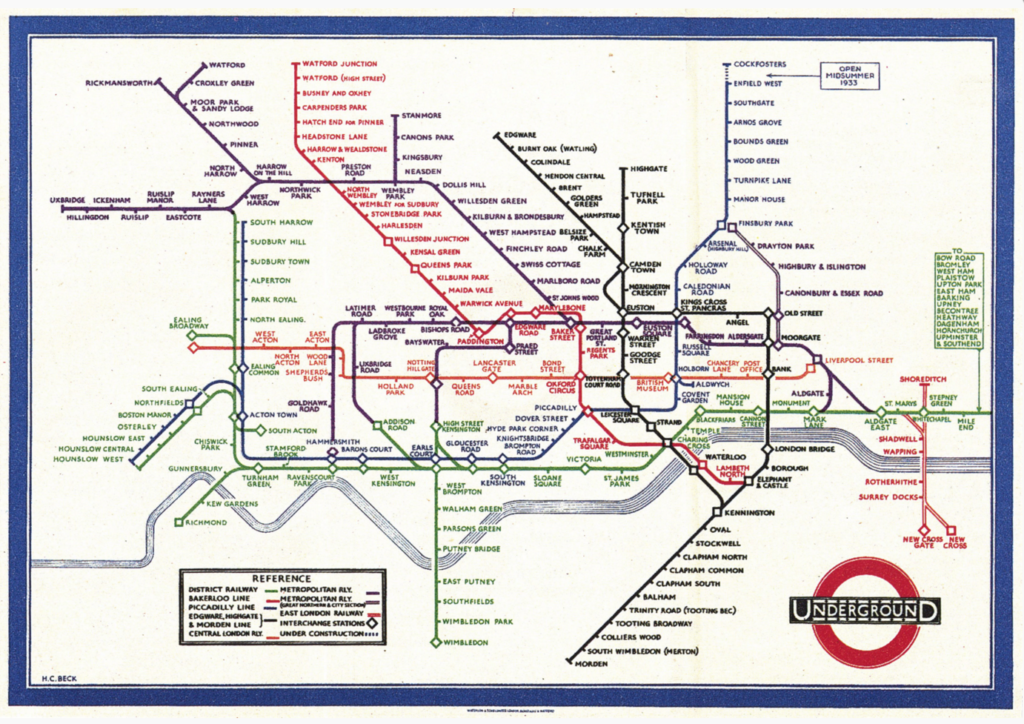
At the Culture Camp in June, we will be applying our knowledge of American culture to the following topics.
1: Futures of work (the physical, hierarchical and emotional changes in how we work)
2: Futures of social (meme making, identity construction and pinging the hive)
3: Futures of storytelling (TV, marketing, movies, advertising)
4: Futures of branding (artisanal, consumer packaged goods and brand you)
5: Futures of retail (the mall, Main Street, fighting the Amazon dragon)
6: Futures of consumer engagement (brand activation and other Culturematics)
7: Futures of financial services (speaking to different segments, in new languages with new logics)
8: Futures of Health & Wellness (new cultural ideas of body, mind and spirit)
9: Futures of the American Home & American Family (critical contexts for CPG)
10: Futures of Tourism & Hospitality (engaged travel, share economies)
11) Futures of Social Good (the economy of social change)
I can hear someone saying, “But you can’t possibly cover all this territory in a day.”
But that is the beauty of a cultural approach. It gives us knowledge that is deep and broad. It gives us a single set of principles that apply across the board.
Culture operates everywhere to shape the American experience (and experiment). So it can be used to solve a great breadth of problems.
Or to use the visual metaphor that features in my opening deck on culture.
Any and every culture looks like London from the air. A great mass of detail and complexity. Like this:

But once we do our study of culture, this world looks a lot more like this:

We can see the parts, the wholes and the relationships. More than that, we can see the logics that make this world make sense. This has always been anthropology’s promise. It casts the net wide. It struggles to see things whole. We will show how we can use anthropology to solve a range of problems. Come join us.
✻ Why do I call it “American culture?”
To distinguish it from “corporate culture.” There are two kinds of culture an organization must understand and a manager must manage.
Culture Inside: this is the culture of an organization, the “corporate culture.”
Culture Outside: this is American culture.
We sometimes confuse these. But that’s a little like confusing American football and European football. My Culture Camp is dedicated to understanding American culture, the culture outside the organization. This is where we find blue oceans of opportunity. This is where black swans of disruption find us. It’s time we made the distinction.